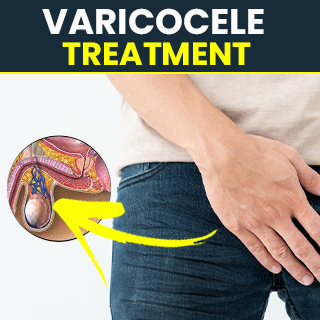Chronic inflammation and a proliferative skin disorder called psoriasis. Plaques with silvery scales that are particularly visible around the head and in the lumbosacral area are one of the main characteristics. Alongside reviewing the causes, symptoms and diagnosis of psoriasis, this activity also focuses on the management of the disease's interprofessional team.
There are many types of this disease. They are one of the most common skin conditions, often characterized by erythematous psoriasis and plaques that have a silver scale. The majority of cases are treated in outpatient settings since they're usually not serious enough to affect general health in a significant way. Life-threatening, rare manifestations could be present and require thorough treatment.
It is a condition that can have a major negative effect on a person's living quality. Therefore, tackling the condition requires addressing its physical and mental consequences. From a few dandruff-like scale spots to huge outbreaks that span large areas, the psoriasis plaques vary in size. The nature and severity of the condition, the symptoms and signs alter.
A few typical psoriasis symptoms include these:-
Plaques of skin raised and that are covered with the form of scales or discoloured spots tend to be dark skin to fair skin, and the colour of dark skin is purple.
the skin is dry and swollen
there could be itching, burning, or pain around the affected regions. There may be itching, burning, or pain near the affected.
fingernails, toenails, or toenails that are pitted or thickening
The joints have been enlarged.
Young children tend to suffer from guttate psoriasis. This is the second most common kind of the disease that children suffer from after plaque psoriasis chronically. It can affect anyone of all races and genders. It typically manifests as a condition for people experiencing it for the first time, but it can also happen for those suffering from chronic psoriasis. This type of disease typically affects young children and adolescents. It usually begins with a bacterial infection like strep throat. The appearance of small, drop-shaped spots on the arms, trunk, or legs easily identifies it.
Chronic plaque psoriasis may result from guttate psoriasis if it is persistent. About 25% of patients with guttate psoriasis who have persistent plaque psoriasis are seen. For those with lesions of guttate lasting for a full year or more, there is a higher percentage of patients with chronic psoriasis is observed. Plaque psoriasis, which is the most frequent form of the condition that, causes scaling-covered, dry, and elevated areas of skin (plaques) that can be small or large and typically appear on the lower back, scalp or knees, as well as elbows and knees. Based on the skin shade, the patches can appear in different shades, and, for those with dark skin or Black skin, the affected skin can heal and change colour for a short period (post-inflammatory hyperpigmentation).
A secure and efficient psoriasis treatment is homoeopathy. Homeopathy uses natural remedies that have no negative results. These treatments are accessible to people of all different ages. They regulate the overactive immune system and perform its functions. The main purpose is to reduce the eruptions' itching as well as burning. Furthermore, the existing eruptions heal, and new eruptions are halted from causing more. This condition-related joint problems (psoriatic arthritis) are effectively treated by homeopathic treatment for psoriasis.




No comments:
Post a Comment